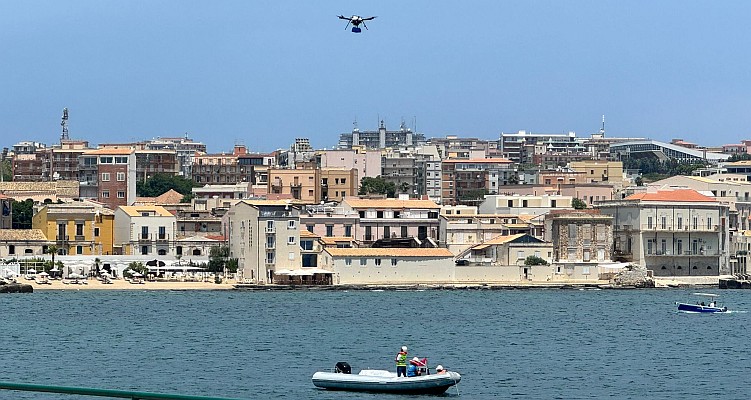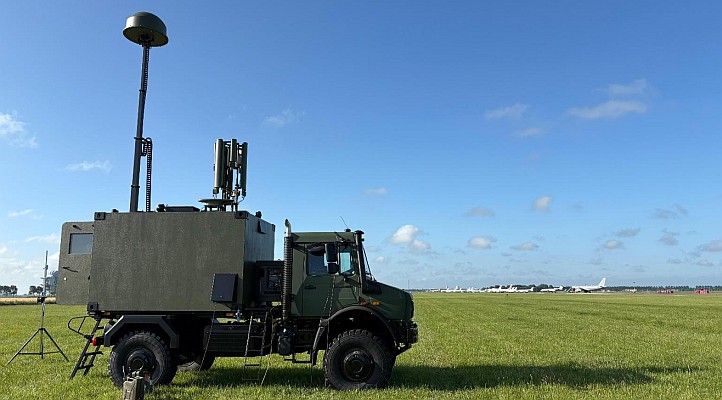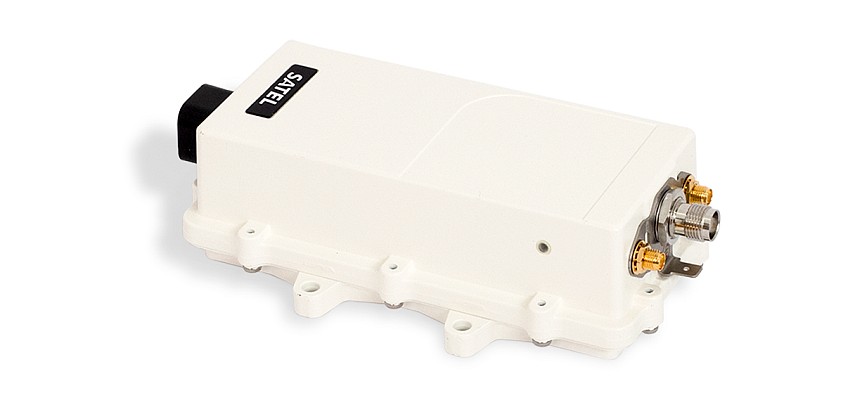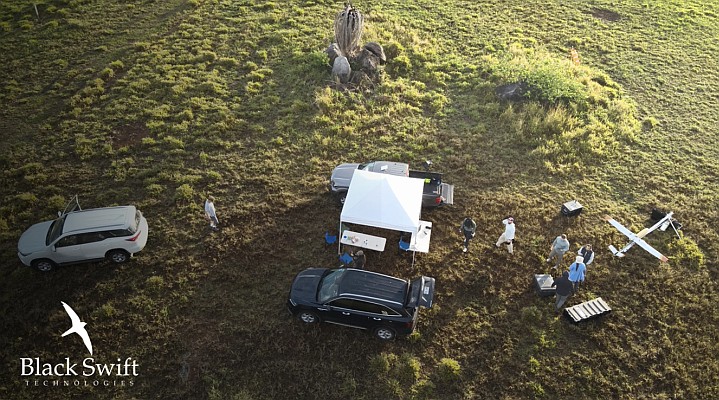Great wines come from combining site selection with appropriate viticulture and winemaking skills and style. But now geographic information systems (GIS) technology plays an important role in the wine industry. GIS technology is used to create spatial data (maps) that provide valuable information to differentiate and add value to the wine products.
GIS technology is one of the most widely used technologies across the globe. And while the role GIS plays in some industries are obvious, the wine industry is one arena not often associated with the technology that has been drastically improved by it.
Before GIS, vineyard owners selected plots of land by thumbing through soils and calculating historical climate data to make educational guesses about where to plant their grapevines. With the help of GIS, vineyard owners now know exactly where to plant their grapevines.
In the April 2010 issue of spatial design publication V1 Magazine, author Daniel Schellenberg details how spatial data is changing the wine industry and notes, “In a world of fierce competition in the global wine industry, unique characteristics of the region are valuable assets for marketing. Many wine marketers rely on anecdotal evidence to communicate the unique nature of a wine. But, GIS technology and the development of maps is one way to aggregate spatial data at multiple scales, deliver relevant content to the target consumer and create trust in the marketplace.”
In addition to analyzing spatial data, vineyard operators can survey a region’s productivity. The New Zealand Winegrowers, a national wine association with funding from the government and other wineries, use GIS technology to create a geo-referenced database of all vineyards in the country. The system creates various maps linked to production data summaries.
Wine bloggers as well as Wine Spectator and Food & Wine magazines publish harvest yields, soil types and climatic data, as there’s great demand for wine regions to have scientific data derived from GIS technology. Much of this information can even be found on the back of wine bottles. Furthermore, by having production data summaries and a better understanding of what areas have the best soils, winemakers have a better understanding of where grapevines will grow best.
Because no two grapes grow the same, it’s especially important to plant the grapes in the optimal soil and climate. For example, the popular grape cabernet sauvignon ripens much slower than other red grapes, especially in areas with little sunshine. In contrast, pinot noir, another popular red grape, thrives in cooler climates, like New Zealand, and can ripen early.
In many parts of the world, the climate stays relatively neutral. Not every place is like California, where the sunshine is perfect for cabernet sauvignon, or Burgundy, France, where the medium climate helps the pinot noir grape flourish. But, GIS technology can help winemakers identify the optimal climate in their vineyards in microclimates that can be hotter or cooler than vineyards just a couple miles away. Just two degrees can be the difference between an award-winning wine the world loves and throw-away wine you sip and forget.
After the vine rootstocks have been planted, GIS also helps vineyards create better wine. By keeping close tabs on the vineyard’s growth, they are able to harvest grapes at the optimum ripening point, which gives the wine the desired flavors.
The prestigious Chateau St. Michelle Wine Estates in Washington uses the combination of the Wacom DTZ-2100 interactive pen display with Esri software to display precision canopy density in the vineyard. The aerial imagery is converted to the NDVI format (Normalized Difference Vegetation Index), which displays the photosynthetic output of plants, based on their spectral bands in aerial imagery. The DTZ-2100 pen’s accuracy makes it possible to pinpoint specific plants easily, so their fruit can be picked separately to take advantage of certain flavor characteristics.
“GIS is providing new insight into the importance of maps and is making industries like wine more targeted with resource allocation, which in turn leads to greater efficiency. This increased efficiency is especially important in these current economic times,” says Gabriel Schmidbauer, GIS professor at American Sentinel University.”
GIS Job Opportunities in the Wine Industry
A vineyard worker or winemaker often has three to 20 actual jobs, one of which may be executing GIS tasks, which would require a GIS Degree. For example, this research and development position for the Rivernina Wine Grapes Marketing Board in Australia calls for a successful candidate to “assist in the maintenance of a regional GIS database.”
What is GIS and its related job tasks?
GIS a system that captures, manages, analyzes and displays geographically referenced information and allows users to understand and visualize data in a variety of ways. A GIS degree helps students learn to interpret and visualize spatial data to uncover patterns, trends and relationships.
Organizations around the world use geographic information systems, and earning a bachelor’s degree online in GIS will prepare students to enter and/or move up in this rapidly growing field.
American Sentinel University’s accredited associate and bachelor’s online degrees in GIS are designed to position students for success in this important field.
American Sentinel’s Associate of Science Geographic Information Systems program prepares students to transfer into a four-year degree program in GIS or for entry-level positions as GIS technicians and users. Learn more about the Associate of Science Geographic Information Systems program.
American Sentinel’s Bachelor of Science Geographic Information Systems program teaches students to use and develop databases containing spatial data. American Sentinel’s online GIS degree is ideal for problem-solvers who enjoy learning new technologies and applying them to business. Learn more about the Bachelor of Science Geographic Information Systems program.
Follow the MundoGEO Portal on Twitter.







